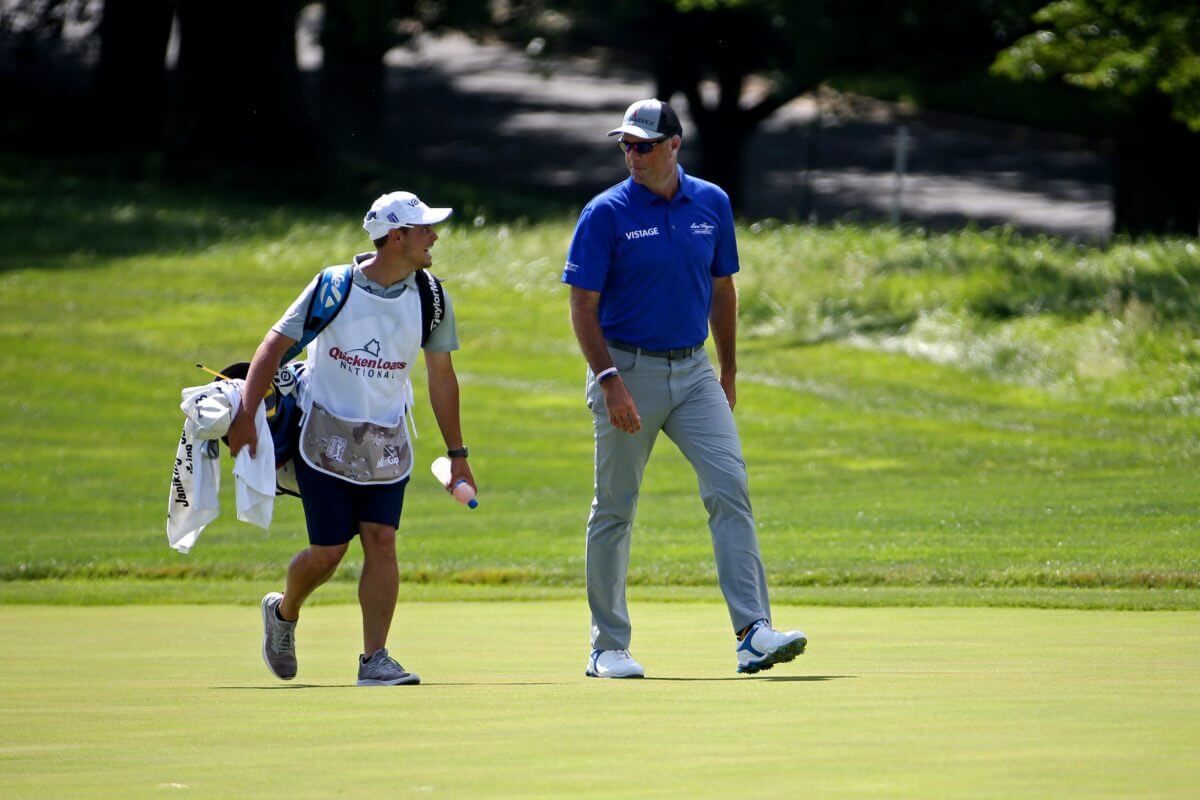
When and how did caddies come to be? We did a little digging to answer those questions.
The word “caddie” first entered vernacular in 1634. It derives from the French word ‘le cadet,’ meaning ‘the boy’ or the youngest of the family, according to Scottish Golf History.
The caddie gig, however, appears to have started decades before that. The theory is that French military ‘cadets’ carried the clubs for French royalty who played the game and the practice came to Scotland when Queen Mary Stuart returned in 1561.
RELATED: Billy Foster’s hilarious Tiger Woods Ryder Cup story
As Scottish Golf History notes, however, this isn’t possible: “The French did not play golf, but maile, which only involved one club, though the military ‘cadet’ has the same origin, as they were often the younger sons of the aristocracy.”“Caddie” was the name designated for an “errand boy” in Scottish towns during the 18th century (and boy has it ever evolved since then).
It wasn’t until 1857 that the dictionary identified “caddie” as those who primarily carried golf clubs.As Scottish Golf History notes, there were no golf bags in the early days, so caddies would carry the clubs in bundles. Here are a couple more significant caddie notes from Scottish Golf History:
The first named caddie was Andrew Dickson, who would later become a golf clubmaker and who acted as fore-caddie for the Duke of York as a boy in 1681 in the Duke’s golf match on Leith Links, as outlined in Fore! In the times of ‘featherie’ golf balls forecaddies were common as featheries were expensive.
Another well-known early caddie was Daft Willie Gunn at Bruntsfield. Some caddies were older professionals involved in golf, but many were young boys. Willie Gunn was one of the few who was neither, but simply earned his corn carrying clubs.